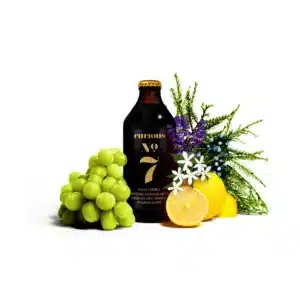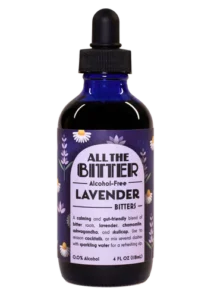While lavender’s delicate purple blooms conjure up images of summer in the Provençal countryside (and the ubiquitous essential oil used for everything from laundry to relaxation), this fragrant flowering plant—a member of the mint family—has a rich history that dates back thousands of years.
The word “lavender” is derived from the Latin word lavare which means “to wash” a nod to lavender’s historical use in bathing and laundry. Lavender is believed to have originated in the Mediterranean region, where it was used by the ancient Egyptians, Greeks, and Romans for its medicinal properties and lovely scent. In medieval Europe, lavender was revered for its antiseptic qualities and was used to scent bathwater and to ward off evil spirits. Lavender has been used for centuries as a natural insect repellent, particularly against moths and mosquitoes, and is used in traditional medicine to treat a variety of ailments, including headaches, insomnia, and digestive issues.
It seems the early cultivators of lavender were onto something. In addition to its use in modern-day fragrances—from household products to high-end perfumes—recent studies show that lavender can reduce anxiety, improve sleep quality, and ease pain. It also acts as an anti-microbial and can improve health through its anti-oxidant effects.
A few recent studies with promising results include the following:
Stress Reduction and Anxiety Relief
Inhaling lavender essential oil vapor, specifically its active compound linalool, has been shown to significantly reduce anxiety and improve mood.
Sleep Improvement
Lavender inhalation has also been shown to improve sleep quality. Study participants report waking up feeling more refreshed.
Pain Relief
Massage with lavender oil has been shown to provide pain relief for patients with osteoarthritis, at least in the short term.
Antimicrobial Properties
Studies have found lavender essential oil to be an effective anti-bacterial agent against various strains of bacteria, including antibiotic-resistant strains such as MRSA, and to provide a boost to other anti-bacterial agents.
Antioxidant Powers
The presence of non-volatile terpenoids, and polyphenols in lavender essential oil give it a strong antioxidant effect.
Lavender is cultivated around the world. France, Bulgaria, and the United States are all top producers of these beautiful plants. There are many varieties of lavender, each with its unique characteristics and uses. Some popular varieties include English lavender (Lavandula angustifolia), French lavender (Lavandula stoechas), and Spanish lavender (Lavandula dentata). Lavender can be found in various forms, including fresh or dried flowers, essential oils, and culinary products such as lavender-infused honey or tea.
Lavender typically blooms from late spring to early summer, depending on the variety and climate. The best time to harvest lavender for culinary or medicinal purposes is when the flowers are fully open but have yet started to fade. Harvesting lavender in the morning, when the essential oils are most concentrated, yields the best results.
Recently, lavender’s distinctive floral notes have been appearing more frequently on menus both savory and sweet, and in beverages both alcoholic and non-alcoholic. Lavender-infused beverages, such as lavender lemonade or a lavender NA G&T, are refreshing options for those seeking a unique twist on classic drinks. See our Bee Pleaser and Lavender Blues mocktails, both by Cynthia Berman of Farm Fresh Mocktails, for two refreshing mocktails with lavender notes. Below, we share a few tasty NA options with flavors of this floral favorite.
***





